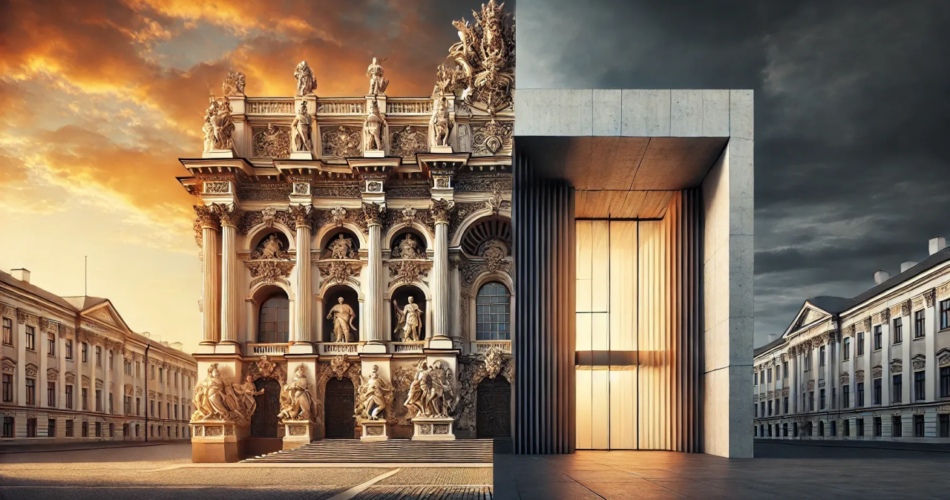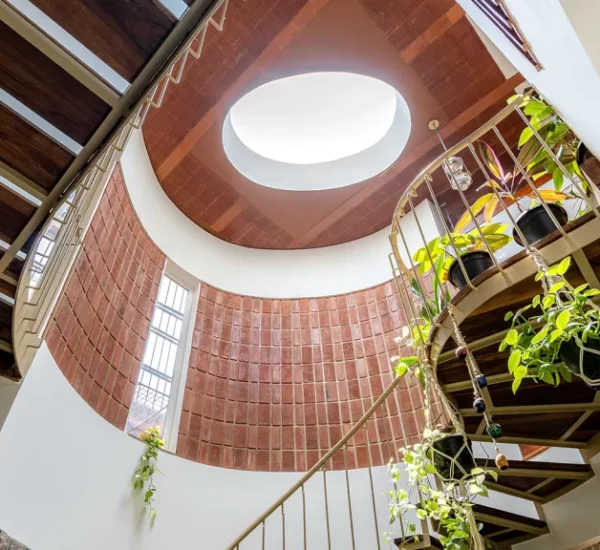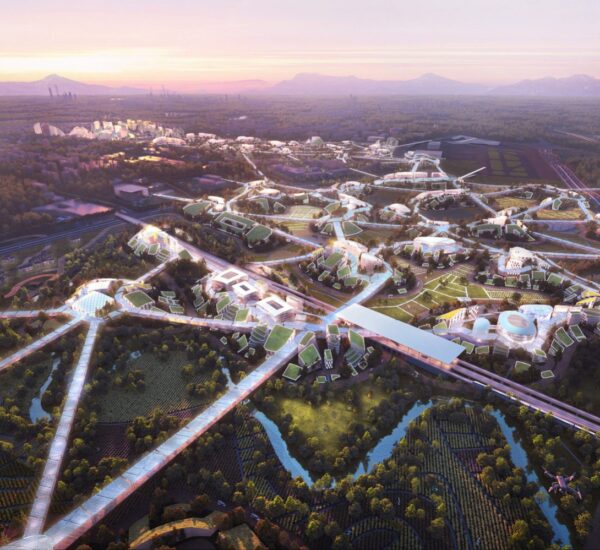Architecture has always been a reflection of the culture, technology, and values of its time. From the grandeur of ancient temples to the sleek lines of modern skyscrapers, the evolution of architectural styles tells the story of human progress. This journey, spanning centuries, showcases how architects have continuously responded to changing societal needs, technological advancements, and aesthetic sensibilities. In this post, we explore the key architectural styles that have shaped history, from Classical to Contemporary architecture.
1. Classical Architecture (8th Century BC – 5th Century AD)
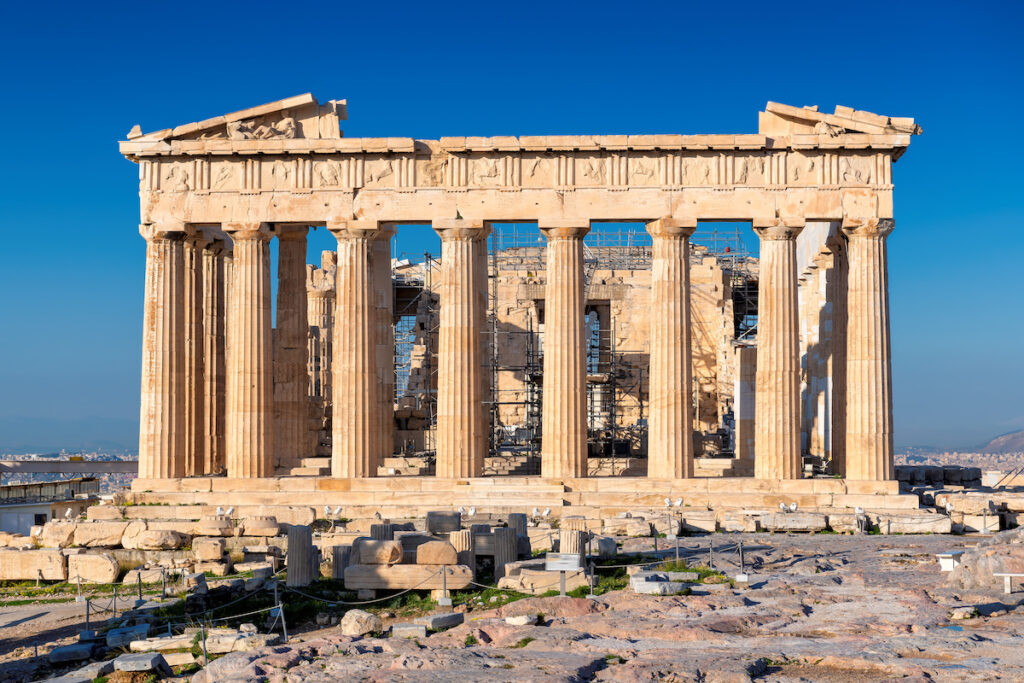
The Classical era, which originated in ancient Greece and Rome, is the foundation of Western architectural tradition. This style is characterized by symmetry, proportion, and the use of columns and pilasters.
- Key Features: The use of the column orders (Doric, Ionic, Corinthian), the development of the temple, and the focus on harmony and proportion are the hallmarks of Classical architecture. Buildings were designed with an emphasis on balance, order, and rationality.
- Notable Examples: The Parthenon in Athens, the Pantheon in Rome, and the Temple of Artemis are iconic examples of Classical architecture. These structures are known for their majestic columns, grand proportions, and intricate detailing that conveyed power and order.
2. Romanesque Architecture (9th Century – 12th Century)
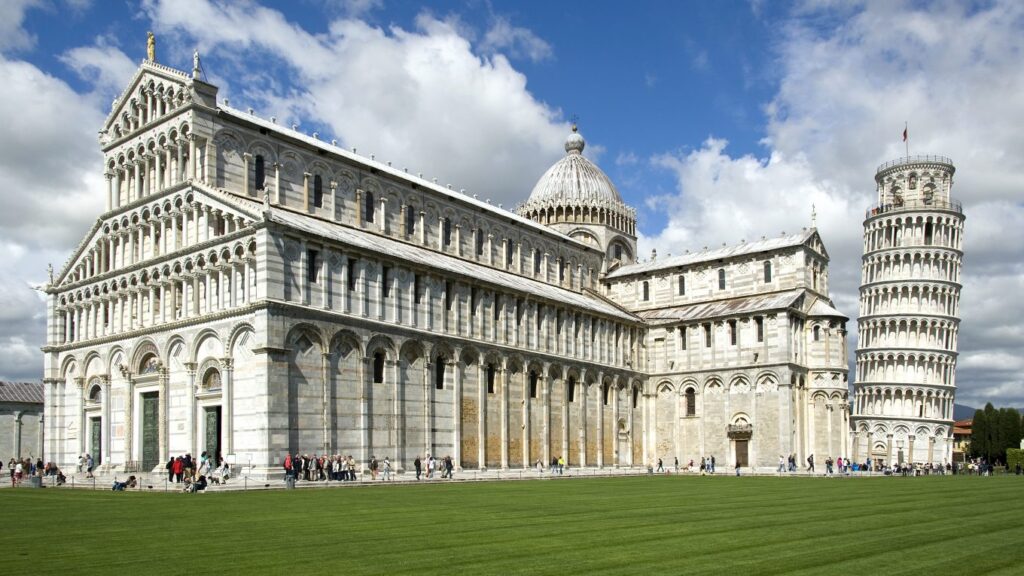
Romanesque architecture emerged in Europe during the medieval period. It is characterized by solid, heavy structures and a focus on creating monumental buildings that conveyed a sense of security and stability.
- Key Features: Thick walls, rounded arches, barrel vaults, and small windows with minimal decoration were typical of Romanesque structures. Buildings were designed to endure, with a focus on durability and permanence.
- Notable Examples: The Abbey Church of Sainte-Foy in France and the Durham Cathedral in England are prime examples. Romanesque cathedrals, with their imposing facades and robust, fortress-like quality, dominated the landscape of medieval Europe.
3. Gothic Architecture (12th Century – 16th Century)
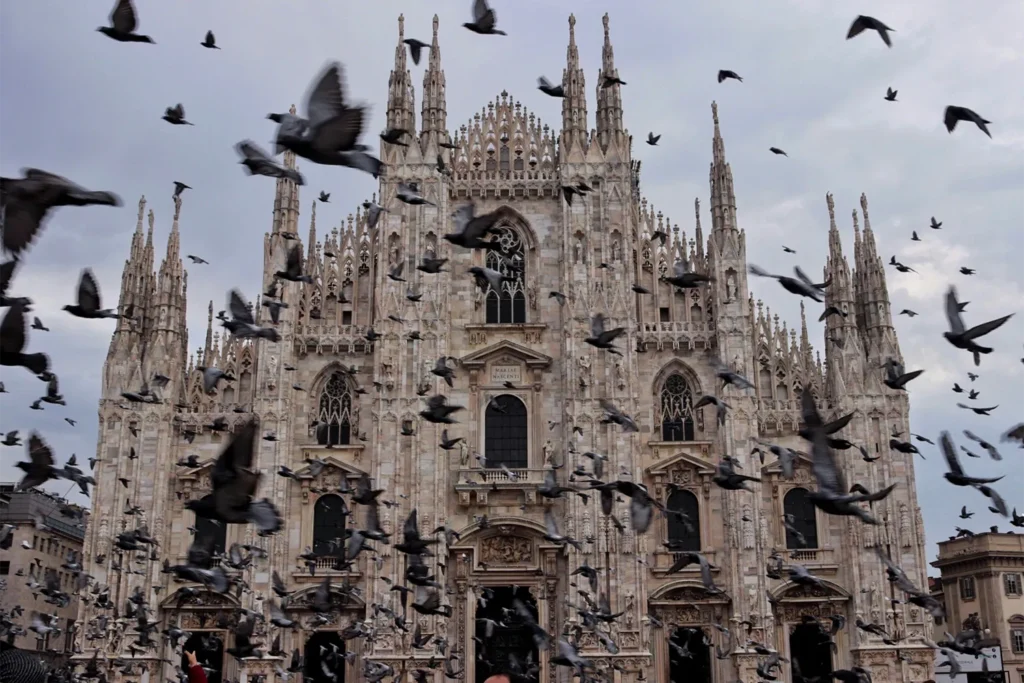
Gothic architecture evolved from the Romanesque style and is known for its verticality and the use of flying buttresses to support tall, thin walls. It was largely used in the construction of cathedrals and churches.
- Key Features: Pointed arches, ribbed vaults, flying buttresses, and large stained-glass windows characterized Gothic buildings. The style emphasized height and light, with soaring ceilings and expansive windows allowing sunlight to fill the space with color.
- Notable Examples: Notre-Dame de Paris, Chartres Cathedral, and the Duomo in Florence are all masterpieces of Gothic design. These structures were designed to inspire awe and elevate the soul with their ethereal beauty and immense scale.
4. Renaissance Architecture (14th Century – 17th Century)
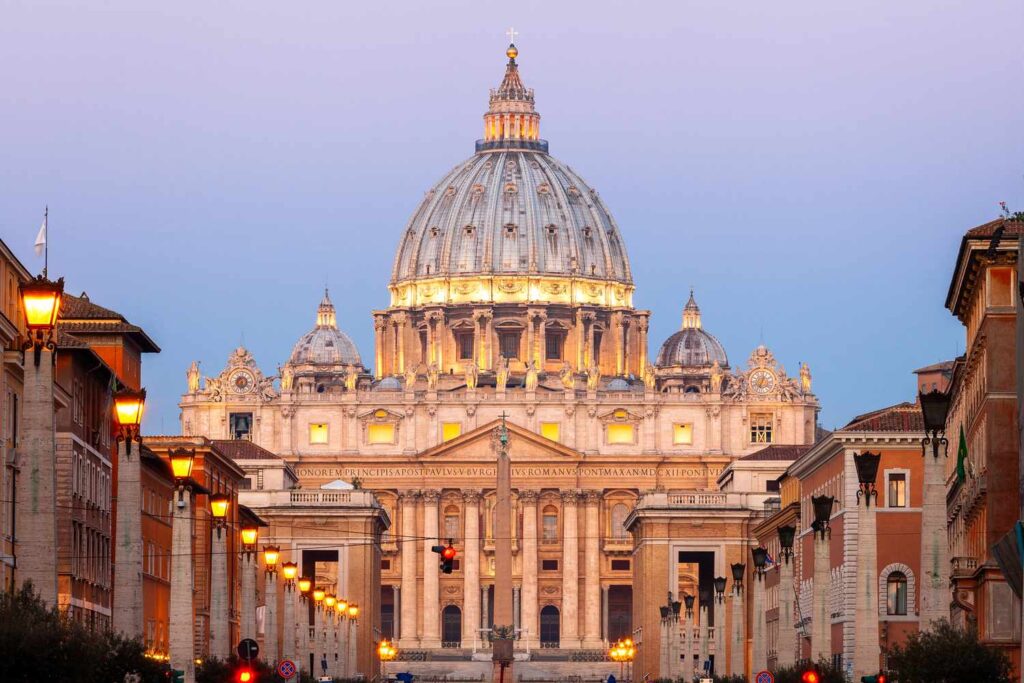
The Renaissance period marked a return to the principles of Classical architecture but with a renewed focus on humanism, symmetry, and proportion. This style was influenced by the rediscovery of Greek and Roman ideas and was characterized by harmony and balance.
- Key Features: The use of columns, domes, and arches was revived, but with a more refined understanding of proportion and space. Buildings were often symmetrical, with a focus on mathematical precision and harmony.
- Notable Examples: St. Peter’s Basilica in Rome, designed by Michelangelo and other Renaissance architects, is a prime example. The Palazzo Farnese and the Florence Cathedral by Filippo Brunelleschi also showcase the elegance and symmetry of Renaissance architecture.
5. Baroque Architecture (16th Century – 18th Century)
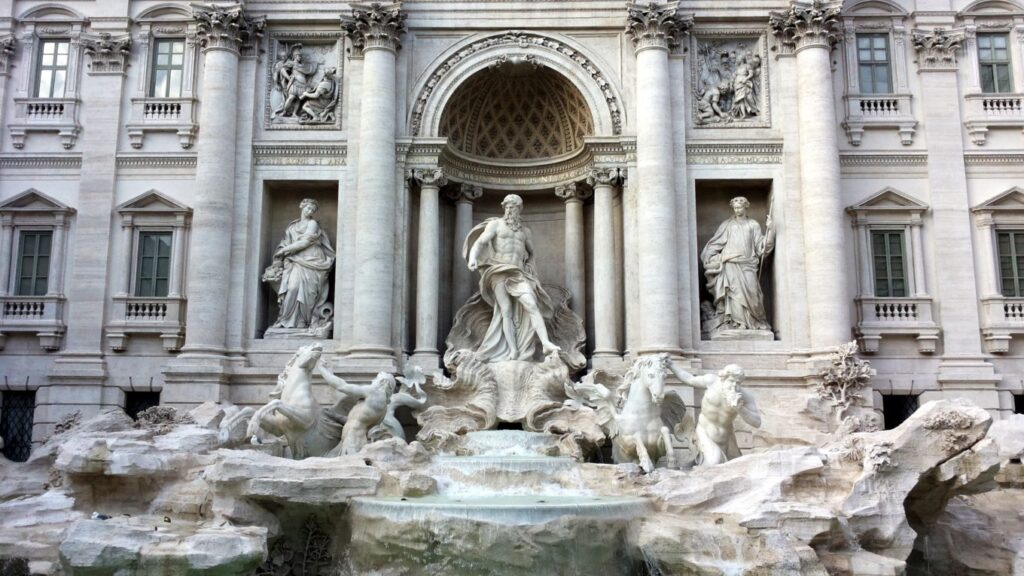
Baroque architecture emerged as a response to the calm proportions of Renaissance design. It is characterized by bold, dramatic forms and a sense of movement and energy. The style was often used by the Catholic Church to convey the glory of God and the power of the church during the Counter-Reformation.
- Key Features: Curved forms, elaborate ornamentation, large-scale sculptures, and intricate details. Baroque buildings often have a sense of dynamic movement, with fluid spaces and dramatic contrasts between light and shadow.
- Notable Examples: St. Peter’s Square and the Palace of Versailles are two iconic examples of Baroque architecture. These grandiose buildings were designed to overwhelm the senses and convey a sense of divine power and earthly authority.
6. Neoclassical Architecture (18th Century – Early 19th Century)

Neoclassicism was a revival of the Classical style, inspired by the archaeological discoveries of Pompeii and Herculaneum in the 18th century. It was a reaction against the excesses of Baroque and Rococo, emphasizing simplicity and the ideals of the Enlightenment.
- Key Features: Clean lines, simple shapes, and the use of columns, domes, and pediments. Neoclassical buildings were characterized by their restrained decoration and focus on order and proportion.
- Notable Examples: The White House in Washington, D.C., and the Panthéon in Paris are quintessential examples of Neoclassical architecture. These buildings evoke the grandeur of Ancient Greece and Rome while adapting the Classical style to modern needs.
7. Modern Architecture (19th Century – Mid-20th Century)
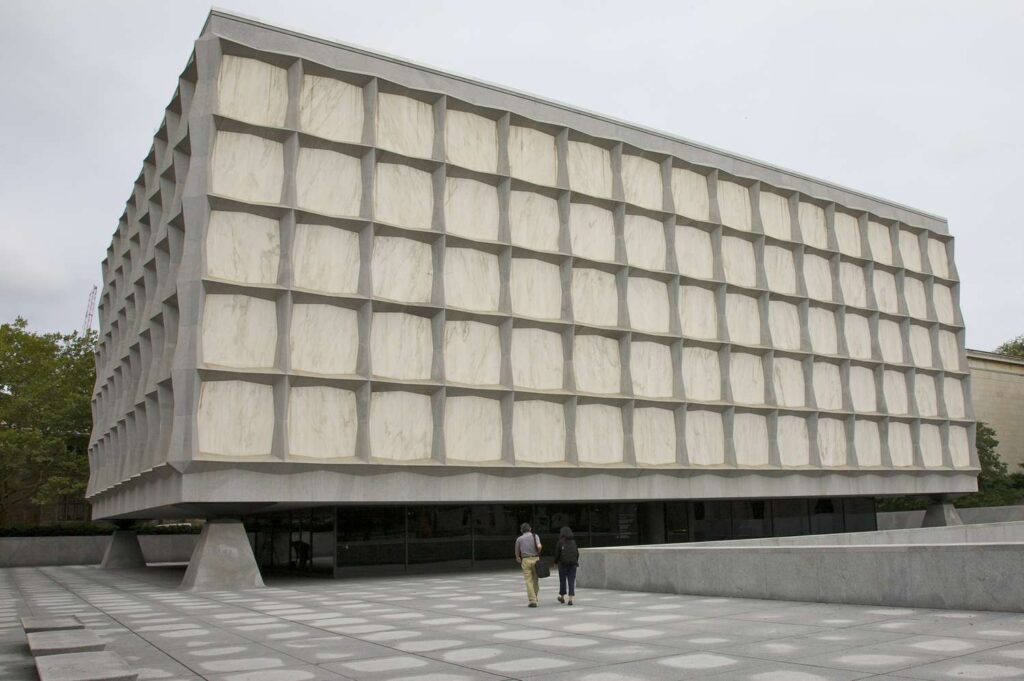
Modern architecture emerged in the late 19th and early 20th centuries, influenced by industrialization, technological advances, and a desire to break away from traditional styles. Modernism embraced new materials, such as steel and reinforced concrete, and rejected ornamentation in favor of functional design.
- Key Features: Minimalism, open floor plans, flat roofs, and the use of industrial materials. Modernist buildings often focus on the form following function, with a strong emphasis on simplicity and clean lines.
- Notable Examples: Le Corbusier’s Villa Savoye and Ludwig Mies van der Rohe’s Seagram Building exemplify modernist principles. These structures emphasize the use of glass, steel, and concrete to create efficient, functional, and aesthetically minimalist designs.
8. Postmodern Architecture (Mid-20th Century – Early 21st Century)
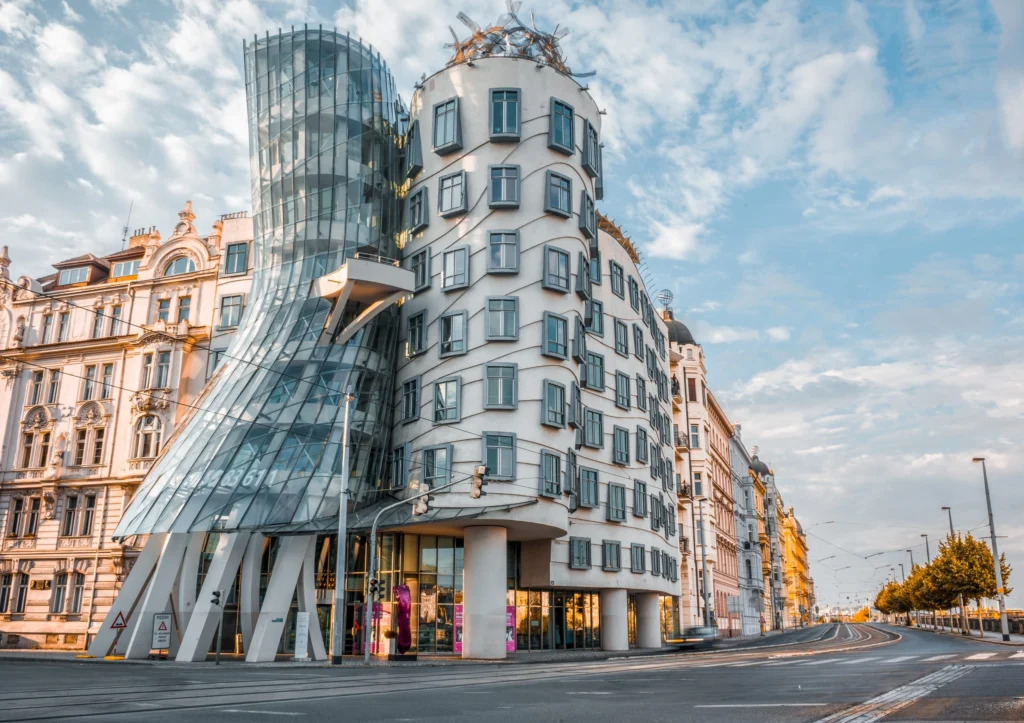
Postmodernism emerged as a reaction against the perceived sterility and lack of human warmth in Modernism. It embraces complexity, playfulness, and a return to ornamentation, often mixing historical references with modern forms.
- Key Features: Postmodern buildings are often characterized by bold colors, irregular shapes, and the incorporation of elements from various architectural styles. There’s an emphasis on symbolism, historical references, and context.
- Notable Examples: The Guggenheim Museum in Bilbao, designed by Frank Gehry, and the Piazza d’Italia in New Orleans by Charles Moore, exemplify the playful and eclectic nature of postmodern architecture. These buildings embrace creativity and individual expression.
9. Contemporary Architecture (21st Century – Present)
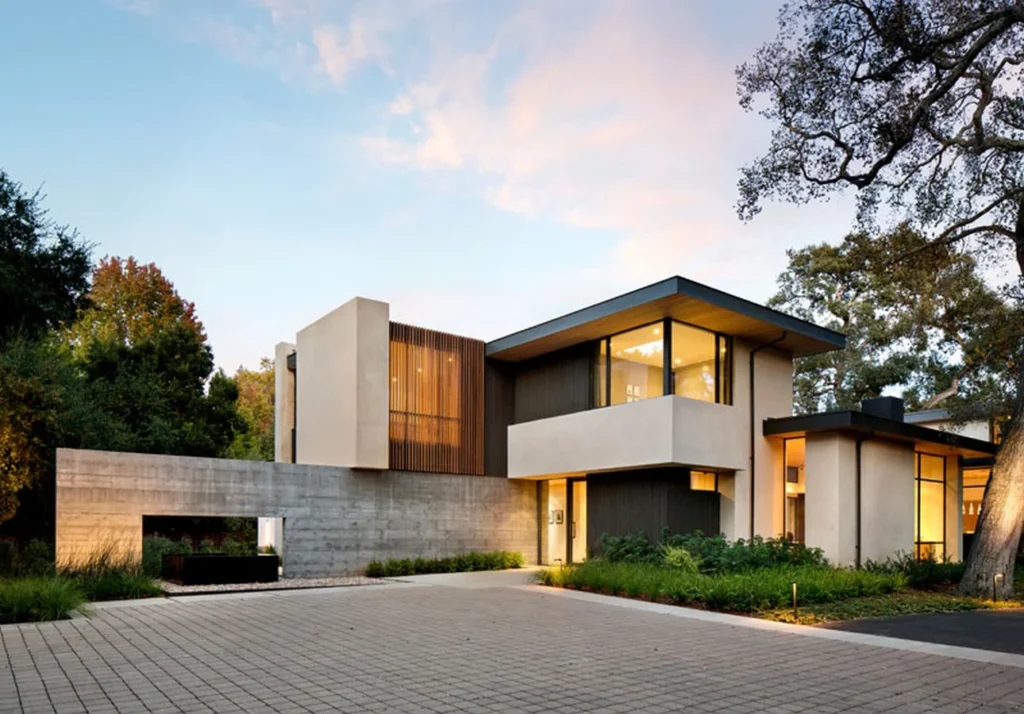
Contemporary architecture is a broad, dynamic field that incorporates a variety of styles and influences, from sleek, minimalist designs to expressive, sculptural forms. Sustainability and technology play significant roles in modern architecture, with an emphasis on eco-friendly materials, energy efficiency, and the integration of digital design tools.
- Key Features: Innovative use of materials, sustainability, and technological integration. Contemporary buildings often feature bold, sculptural forms, open spaces, and cutting-edge technologies, including smart systems and green roofs.
- Notable Examples: The Burj Khalifa in Dubai and the Beijing National Stadium (Bird’s Nest) designed by Herzog & de Meuron are iconic examples of contemporary architecture. These structures push the boundaries of design and engineering, incorporating new materials and technologies to create visionary, future-forward spaces.
Conclusion
The journey through architectural styles—from the grandeur of Classical architecture to the cutting-edge designs of Contemporary buildings—shows how architecture has continually adapted to reflect the changing times. Each style serves as a mirror to its era, telling stories of technological advancements, cultural shifts, and evolving artistic philosophies. As we look to the future, architecture will no doubt continue to evolve, drawing inspiration from the past while pushing the boundaries of what is possible.

